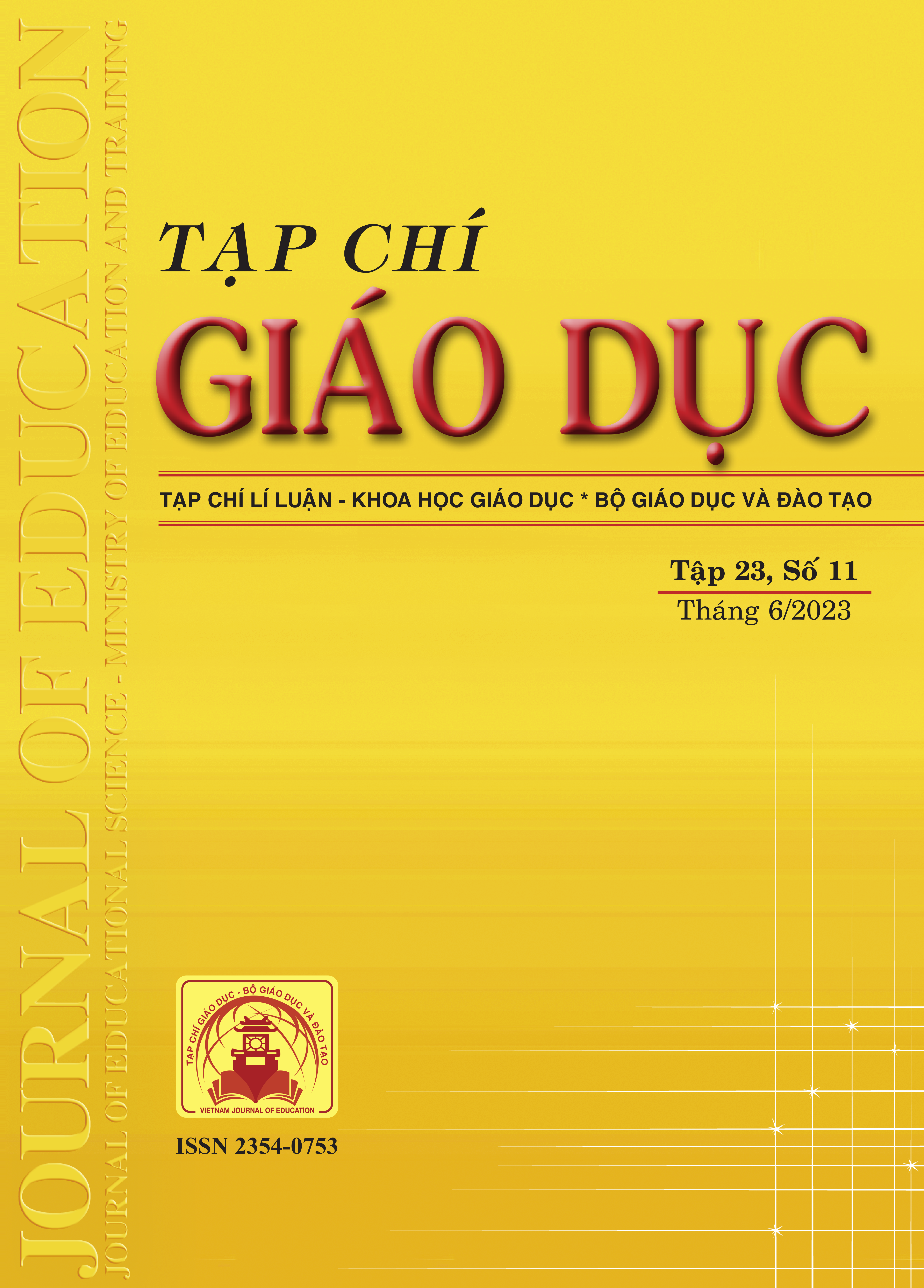Đánh giá mức độ khả thi của “đường hướng giao tiếp” trong dạy học tiếng Anh cho sinh viên Trường Đại học Giao thông vận tải
Tóm tắt
Even though the communicative language teaching (CLT) approach has been increasingly applied among English language universities, many scholars and studies raise the question about the appropriateness of this approach in technical universities. This paper, therefore, analyzes the nature of CLT, and assesses its strengths and weaknesses. Also, it evaluates the feasibility of the approach towards the target of English competency after two years’ training at the University of Transports and Communication. The research results show that the CLT orientation is feasible when implemented in the form of activities to develop communicative functions and social interactions, ensuring that English teaching is optimal and suitable for students of the University of Transports and Communication.
Tài liệu tham khảo
Alamri, W. A. (2018). Communicative language teaching: Possible alternative approaches to CLT and teaching contexts. English Language Teaching, 11(10), 132-138. https://doi.org/10.5539/elt.v11n10p132
Brooks, F. B., & Donato, R. (1994). Vygotskyan approaches to understanding foreign language learner discourse during communicative tasks. Hispania, 77(2), 262-274. https://doi.org/10.2307/344508
Chomsky, N. (1968). Language and Mind. Cambridge: Cambridge University Press.
Cook, G. (2003). Applied Linguistics. Oxford: Oxford University Press.
Crichton, H. (2009). “Value added” modern languages teaching in the classroom: An investigation into how teachers’ use of classroom target language an aid pupils’ communication skills. The Language Learning Journal, 37(1), 19-34. https://doi.org/10.1080/09571730902717562
Cummins, J. (2000). Language, power, and pedagogy: Bilingual children in the crossfire. Clevedon: Multilingual Matters.
Harmer, J. (2001). The practice of English language teaching. Longman.
Holmes, J. (2008). An introduction to sociolinguistics. England: Pearson Education Limited.
Krashen, S. (1981). Second language acquisition and second language learning. Oxford: Pergamon Press.
Kumaravadivelu, B. (2003). Beyond methods: Macro strategies for language teaching. Yale University Press.
Larbah, M., & Oliver, R. (2015). Code switching in ESL classrooms: A study of adult Arabic learners. English Australian Journal, 31(1), 3-18.
Larsen-Freeman, D., & Anderson, M. (2011). Techniques and Principles in Language Teaching. Oxford: Oxford University Press.
Marcellino, M. (2008). English language teaching in Indonesia: A continuous challenge in education and cultural diversity. TEFLIN, 19(1), 57-69. https://doi.org/10.15639/teflinjournal.v19i1/57-69
Richards, J. C. (2006). Communicative Language Teaching Today. New York: Cambridge University Press.
Thủ tướng Chính phủ (2008). Quyết định số 1400/QĐ-TTg ngày 30/9/2008 về việc phê duyệt Đề án “Dạy và học ngoại ngữ trong hệ thống giáo dục quốc dân giai đoạn 2008-2020”.
University of Cambridge ESOL Examinations (2011). Using the CEFR: Principles of Good Practice.
Tải xuống
Đã Xuất bản
Cách trích dẫn
Số
Chuyên mục
Giấy phép

Tác phẩm này được cấp phép theo Ghi nhận tác giả của Creative Commons Giấy phép quốc tế 4.0 .












